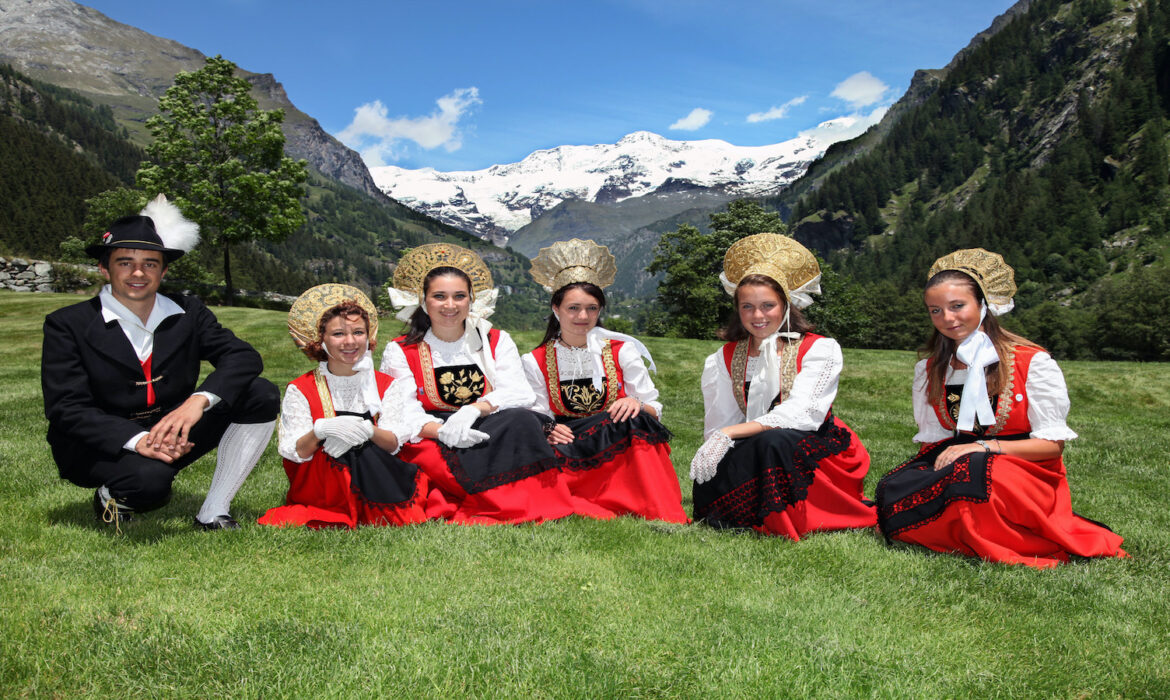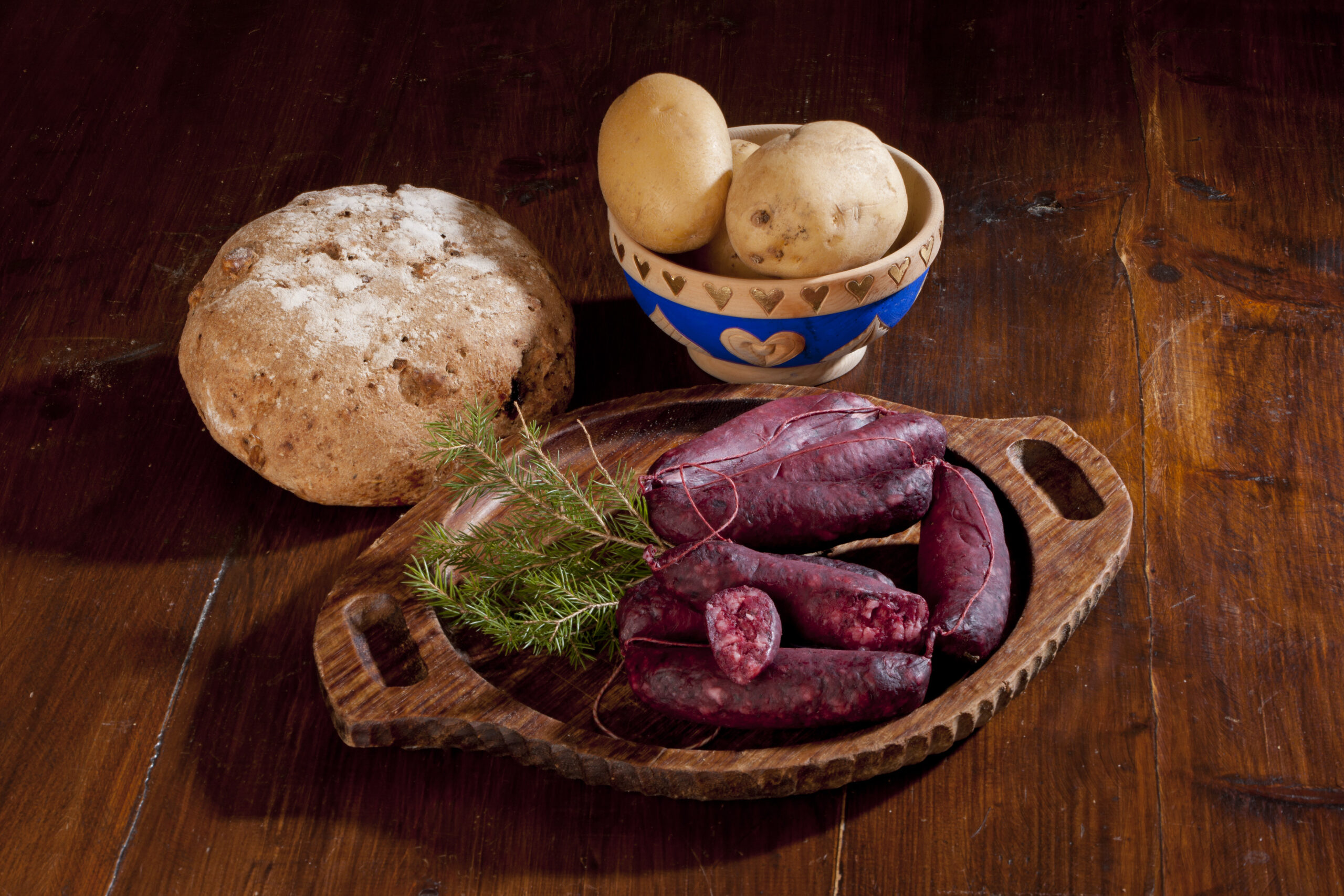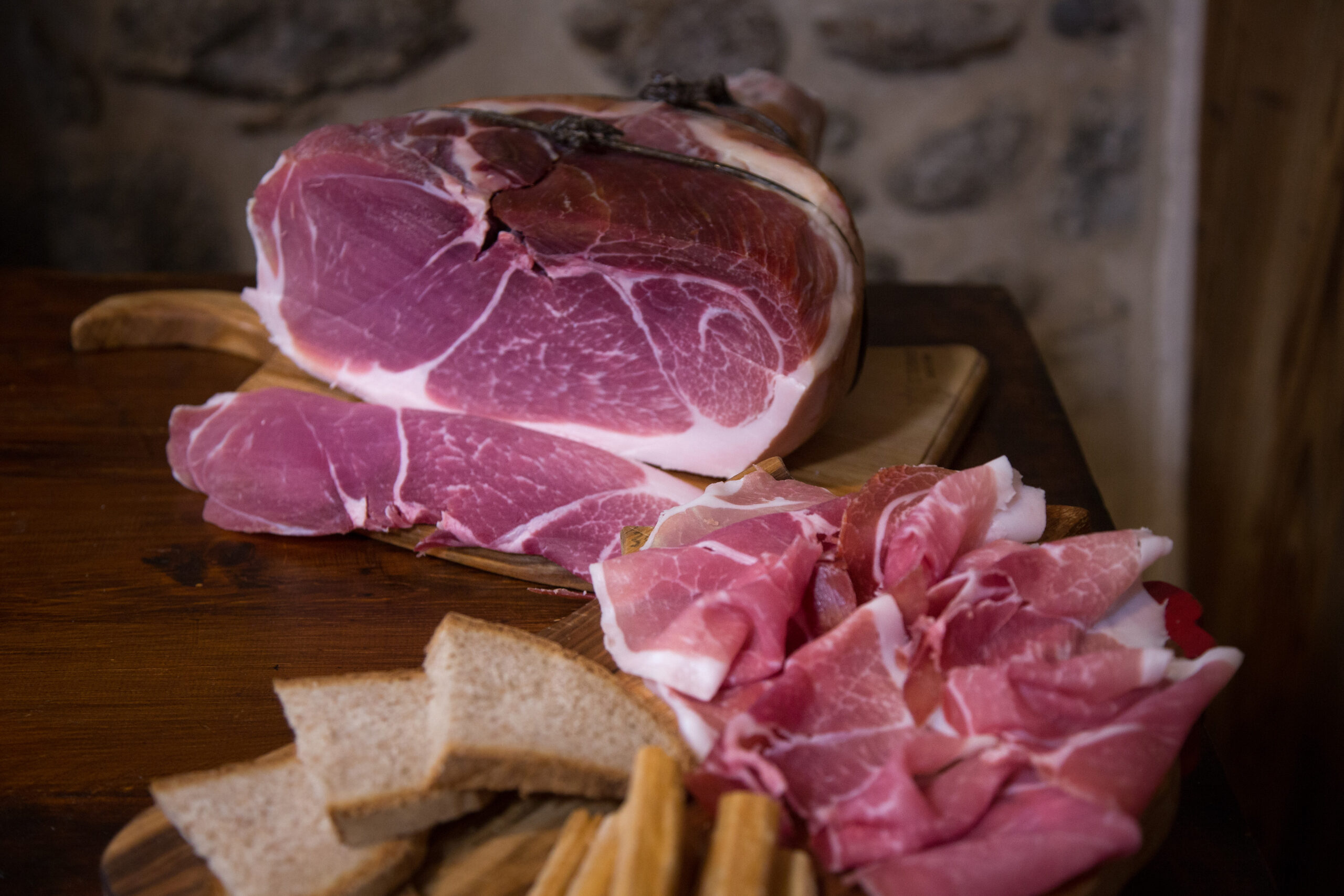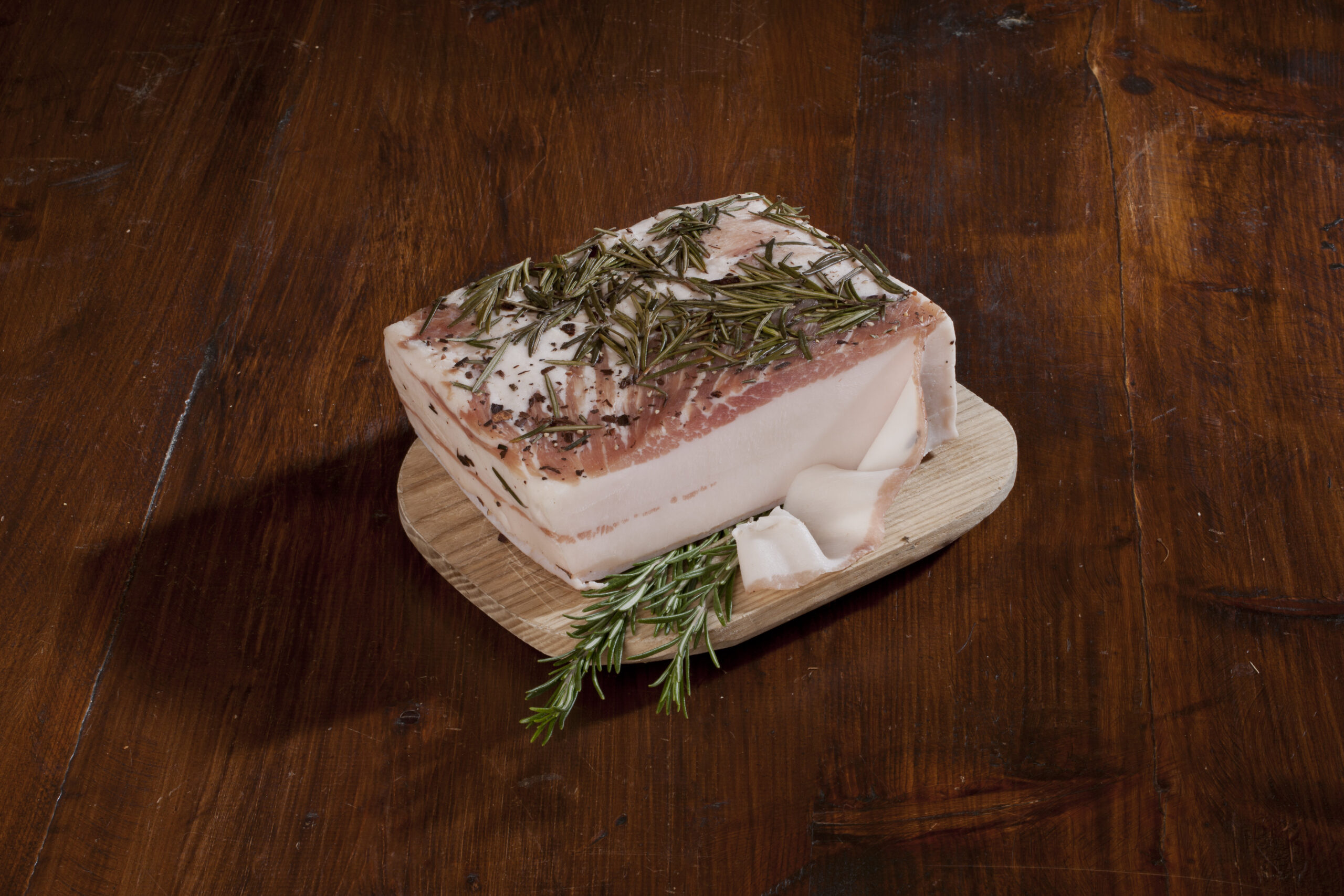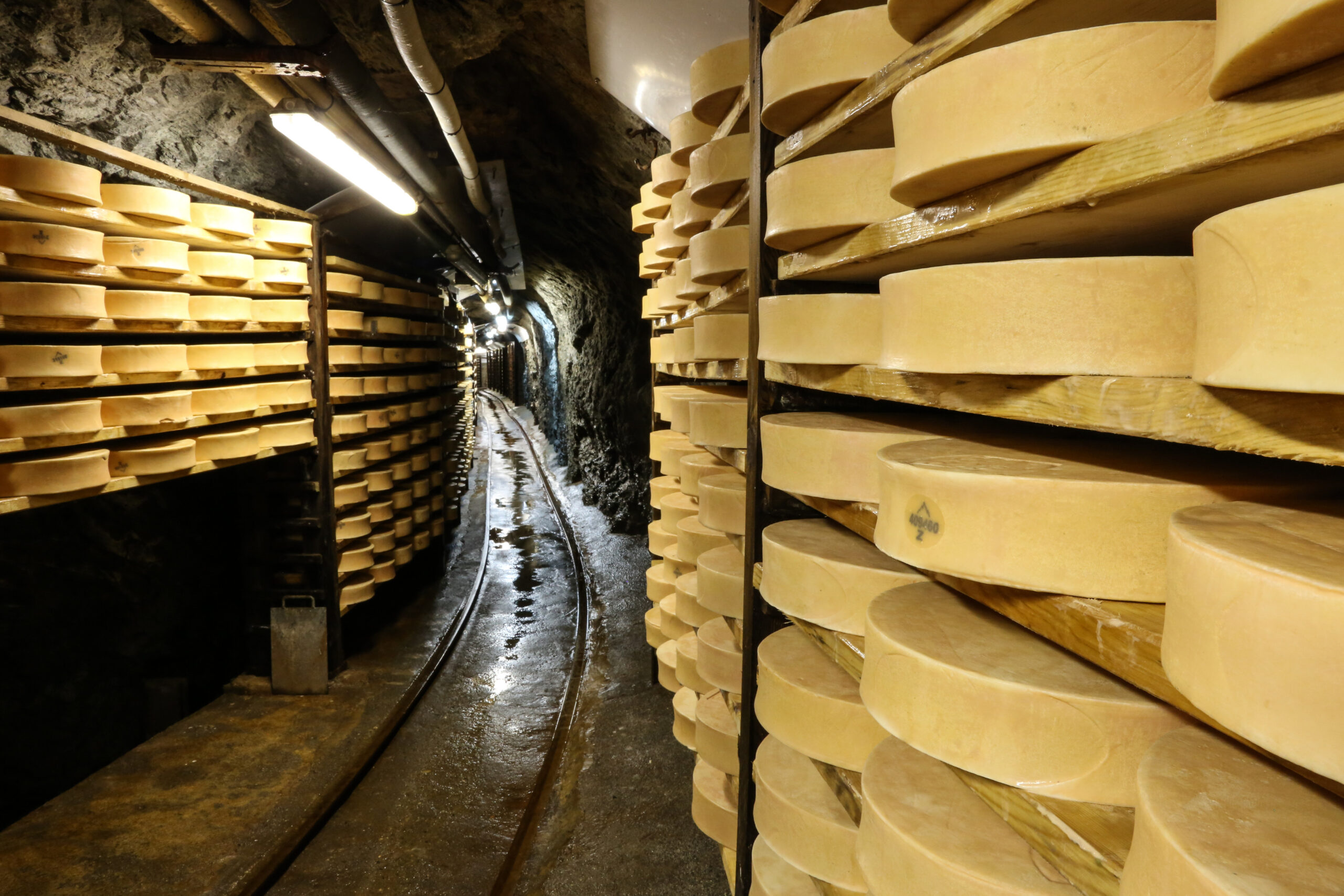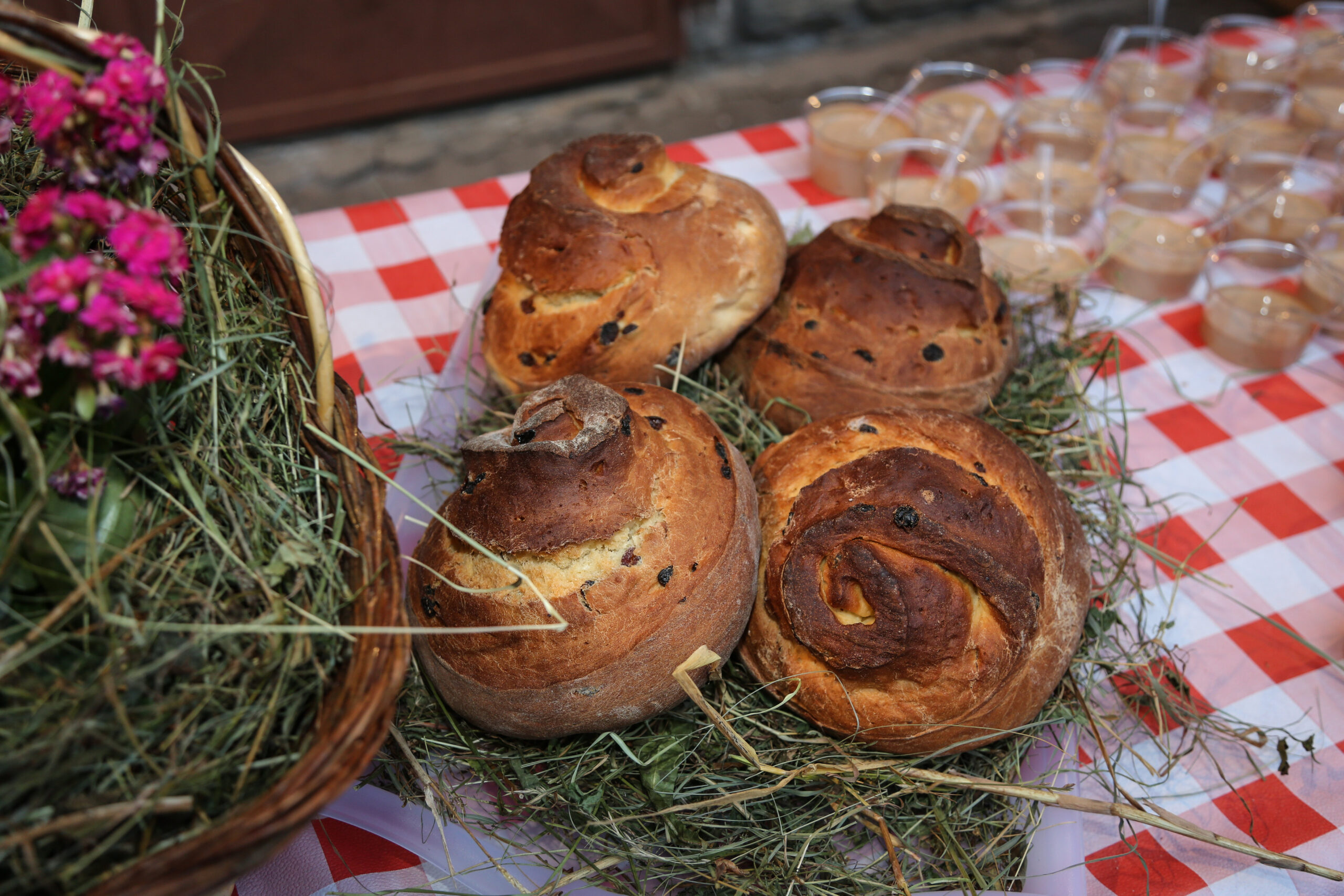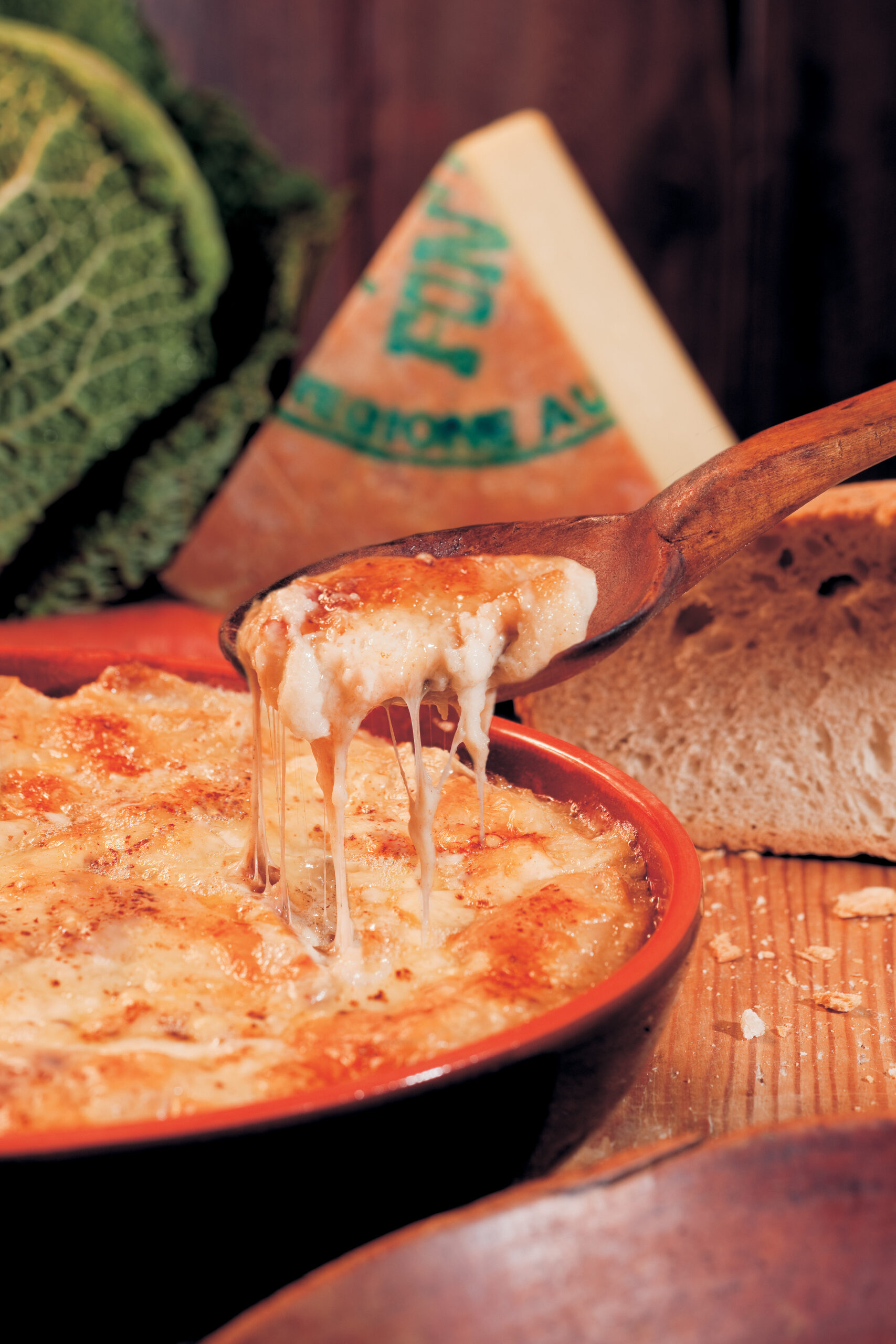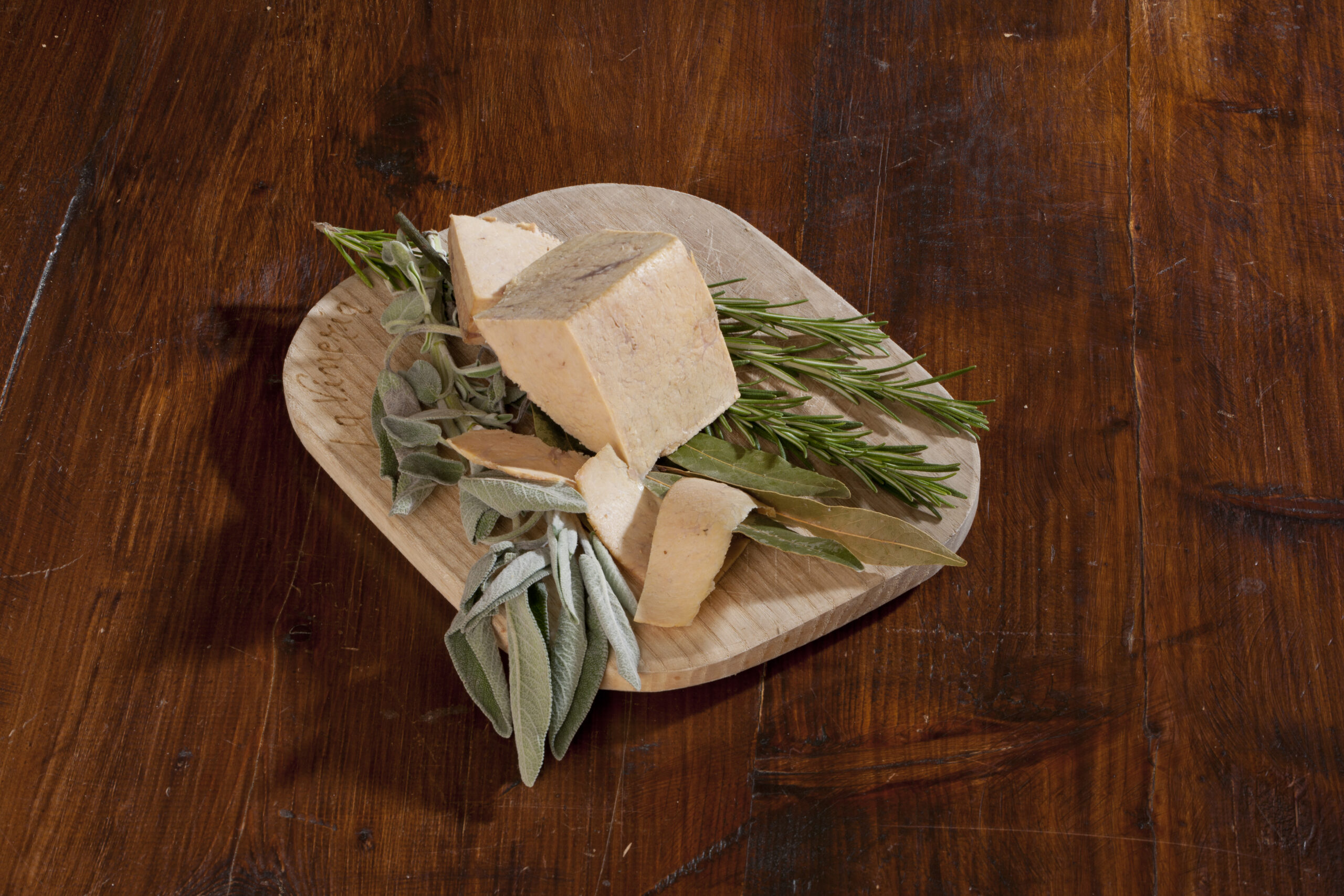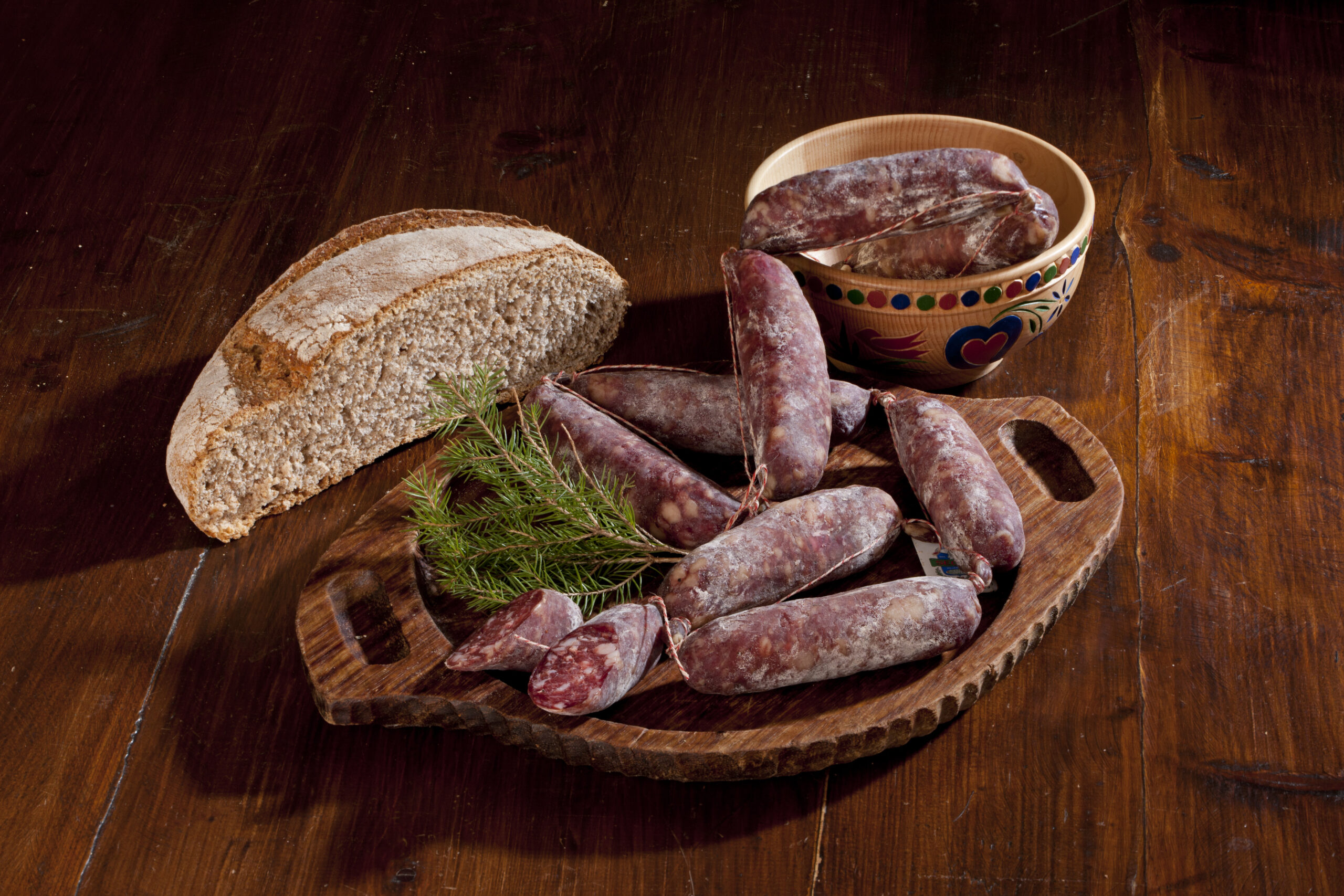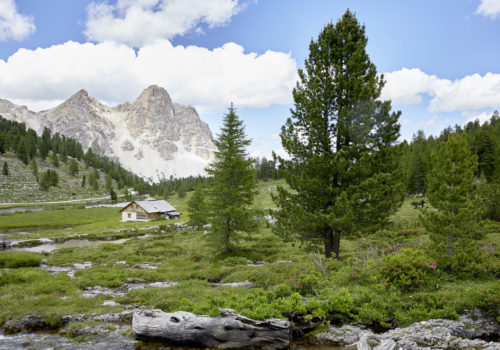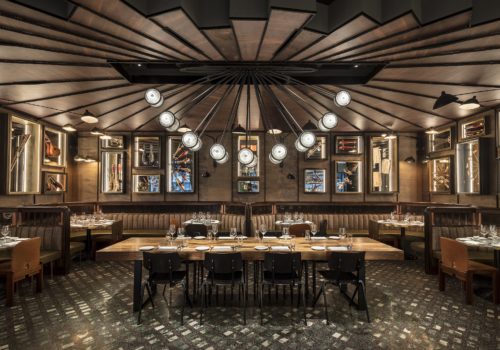Where to go, what to see, what to eat (and where)
As we await permission to travel freely, Pantografo presents a selection of itineraries so that we might begin to imagine where to go first once the risks of the Coronavirus pandemic are behind us. We chose destinations in Italy, for two reasons: to support the businesses of hotels, restaurants, producers and all the categories involved in tourism who are currently suffering as a result of the measures that have been adopted to contain infections, and also to promote our familiarity with places and foods (as well as typical dishes) that may be less well-known than other more established gourmet specialities.
Our starting point is the Valle d’Aosta. In addition to its more renowned landscapes and wine and food (Courmayeur, Cervinia, La Thuile on one hand, Fontina, Fromadzo, Jambon de Bosses, Lardo d’Arnad, Boudin, Saouseusse and Motzetta on the other), the Region offers the possibility of exploring many itineraries rich in surprises for the eye and the palate
One tour certainly worth taking is to the high Valle del Lys, the legacy of the history and culture of the Walser people, who came from German Switzerland between the end of the twelfth and the beginning of the thirteenth centuries, planting their roots between the Valle d’Aosta and the Piemonte region. You can still, today, find yourself immersed in a pristine context in which the architecture is somewhat different from that of its surroundings. The typical Walser house is built out of stone and larch wood with external terraces protected by the protruding eaves of the roof and conceived as mezzanines arranged around the house, elements used to dry agricultural products in the sun. In this area, there are several architectural designs that have reinterpreted the language of Walser architecture in a contemporary style. They include the Casa Capriata at Gressoney-Saint-Jean, designed by Carlo Mollino in 1954 and completed sixty years later by a group of young researchers from the Politecnico di Torino. Gressoney-Saint-Jean also features the Castello Savoia, the summer home of Queen Margherita built in the early twentieth century. In the same valley, at Issime, you can visit the Church of San Giacomo, built in the twelfth century and completely reconstructed at the end of the seventeenth century, whereas Gaby is renowned for its rural architecture.
 Castello Savoia, Gressoney-Saint-Jean. ph. © Enrico Romanzi. Courtesy: Archivio Regione Autonoma Valle d’Aosta
Castello Savoia, Gressoney-Saint-Jean. ph. © Enrico Romanzi. Courtesy: Archivio Regione Autonoma Valle d’Aosta
About an hour’s drive from Gressoney-Saint-Jean, though very close as the crow flies, there is a suggestive itinerary recommended by the Ministry of Cultural Affairs, conceived to help visitors discover the vacation homes that the economic miracle of the 1960s made possible. And so, leaving from Brusson, the location of the Colonia Olivetti designed by Claudio Conte and Leonardo Fiori, you get to Rascard Garelli, a private vacation home designed by Carlo Mollino at Champoluc, and the Albergo-Rifugio Pirovano by Franco Albini and Luigi Colombini at Valtournenche. Speaking of which, a separate trip should be dedicated to the Alpine refuges. The more interesting are those that have been recently built or restored, such as the Rifugio del Gouter and the Monte Rosa Hutte, respectively a few kilometres beyond the border with France and Switzerland (it’s absolutely worth the trouble to cross the border), or the Bivacco Gervasutti in Val Ferret, all at an altitude between 2800 and 3800 meters. Reserved therefore for expert climbers.
But remaining in the high Valle del Lys, what to eat after a long hike? The Chnéfflene for example, tidbits of batter cooked in boiling water and doused in fondue, cream and speck, or accompanied by braised onions. You should also try the Chnolle, gnocchi made with corn and wheat flour cooked in pork broth and served with cold cuts, or the Fesillsuppu, a soup made with rice, beans and toma cheese.
An hour’s drive from Issime is Valpelline. This area, which has remained excluded from the more popular tourist itineraries, is an uncontaminated territory, in which nature and silence reign undisturbed. A territory with characteristics that make it suitable for visitors who love to walk or hike far from the crowds. The valley includes six municipalities (Roisank Doues, Valpelline, Ollomont, Oyace and Bionaz), villages that preserve interesting examples of still intact rural architecture. This is where you can taste one of the most exciting dishes in the entire region: the Zuppa alla Valpellinense, a delicious concentrate of layers of fontina cheese and homemade bread, drenched in beef broth and cabbage, baked in the oven with cinnamon and butter. There is a fair dedicated to this delicious soup, the symbol of the local food culture, which takes place on the last weekend of July during the feast dedicated to the patron saint of the valley.
Moving on towards Mount Gran Paradiso, a stop at Cogne could be ideal for anyone interested in industrial archaeology. This is the home of the Colonna mining complex, with the miners’ village and the railroad that connected Cogne to the steel mills of Aosta through the Drinc gallery, a twelve-kilometre stretch of railroad tracks. Shut down in the late 1970s, it continues to be of interest for a possible reconversion that would allow it to be used for a different purpose. In fact, the complex has been included in the list of “Luoghi del Cuore” –places dear to the heart – a survey of Italian sites that must not be forgotten, kept by FAI – Fondo Ambiente Italiano.
Typical dishes from Cogne are, in addition to the Seupetta, a rice and DOP Fontina cheese soup, the Mécoulin, a cake similar to a panettone made with raisins, lemon peel and rum, and the Crema al cucchiaio made with cream, sugar, semi-sweet chocolate and rum. And don’t miss, at the beginning of the Valley of Cogne, the Favò from Ozein, a dish made with broad beans, fontina cheese, black bread toasted with butter, sausage, bacon and pasta, celebrated at the eponymous fair at the end of July.
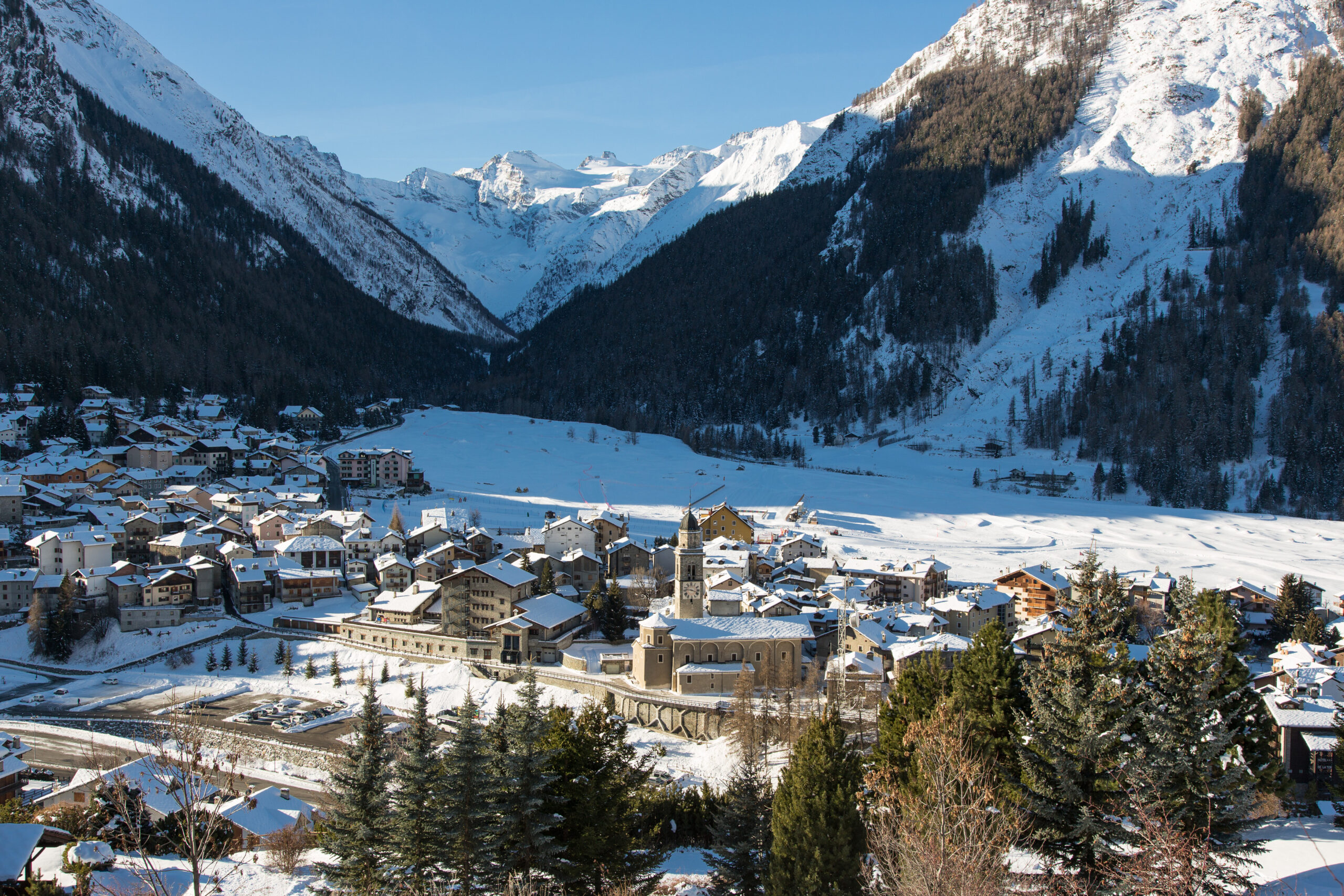
Cogne, ph. © Enrico Romanzi. Courtesy: Archivio Regione Autonoma Valle d’Aosta
In Saint-Oyen, in the valley of the Gran San Bernardo, fans of cold cuts shouldn’t miss a tasting of Jambon alla brace, a slightly-smoked ham spiced with aromatic herbs and slowly grilled on a spit over large fires, constantly basted with wine as it roasts. And again, there is a fair celebrating this speciality on the first Sunday in August. So after satisfying your appetite, but maybe even before, visit the Chateau-Verdun, a Medieval fortress which for over a thousand years has welcomed the pilgrims along the Via Francigena. Entrusted today to the Diocese of Aosta, it continues to offer hospitality to those seeking peace and serenity.

Saint-Oyen, ph © Enrico Romanzi. Courtesy: Archivio Regione Autonoma Valle d’Aosta
And for those who love a good hike, a visit to the three Goilles de Hône, in southwestern Valle d’Aosta: they are the Goille de Valieta, the Goille de la Teua and the Goille dou Breh, three waterfalls located along a torrent set into a canyon, which can be visited along a walkway and an assisted trail. When you return, have a snack of Micòoula, the typical sweetbread of Hône made with whole wheat and rye, chestnuts, raisins, figs, butter, eggs, salt and sugar. You won’t regret it.
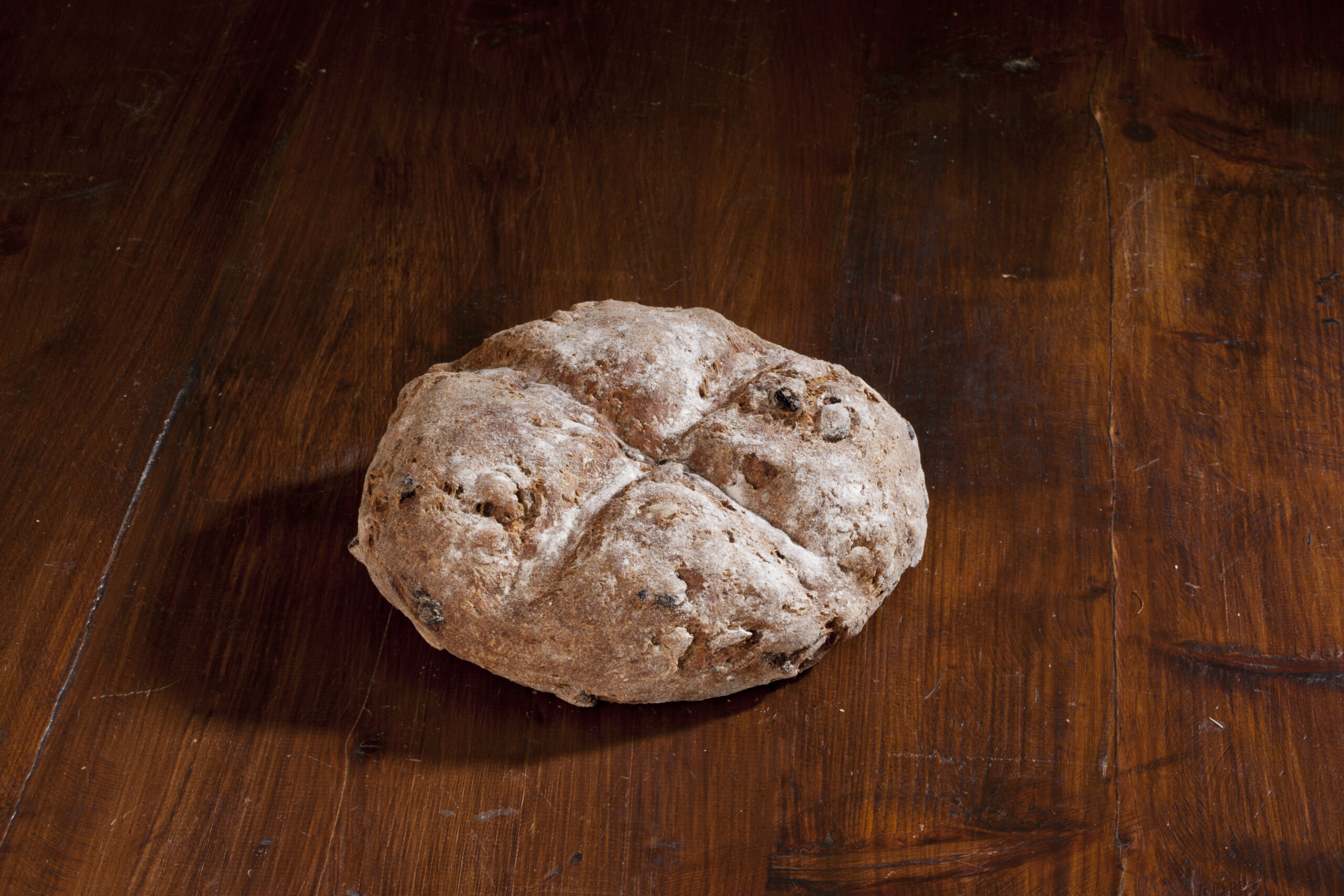
Micoula, ph. © Stefano Venturini. Courtesy: Archivio Regione Autonoma Valle d’Aosta
© ALL RIGHTS RESERVED
Translated by Olga Barmine


